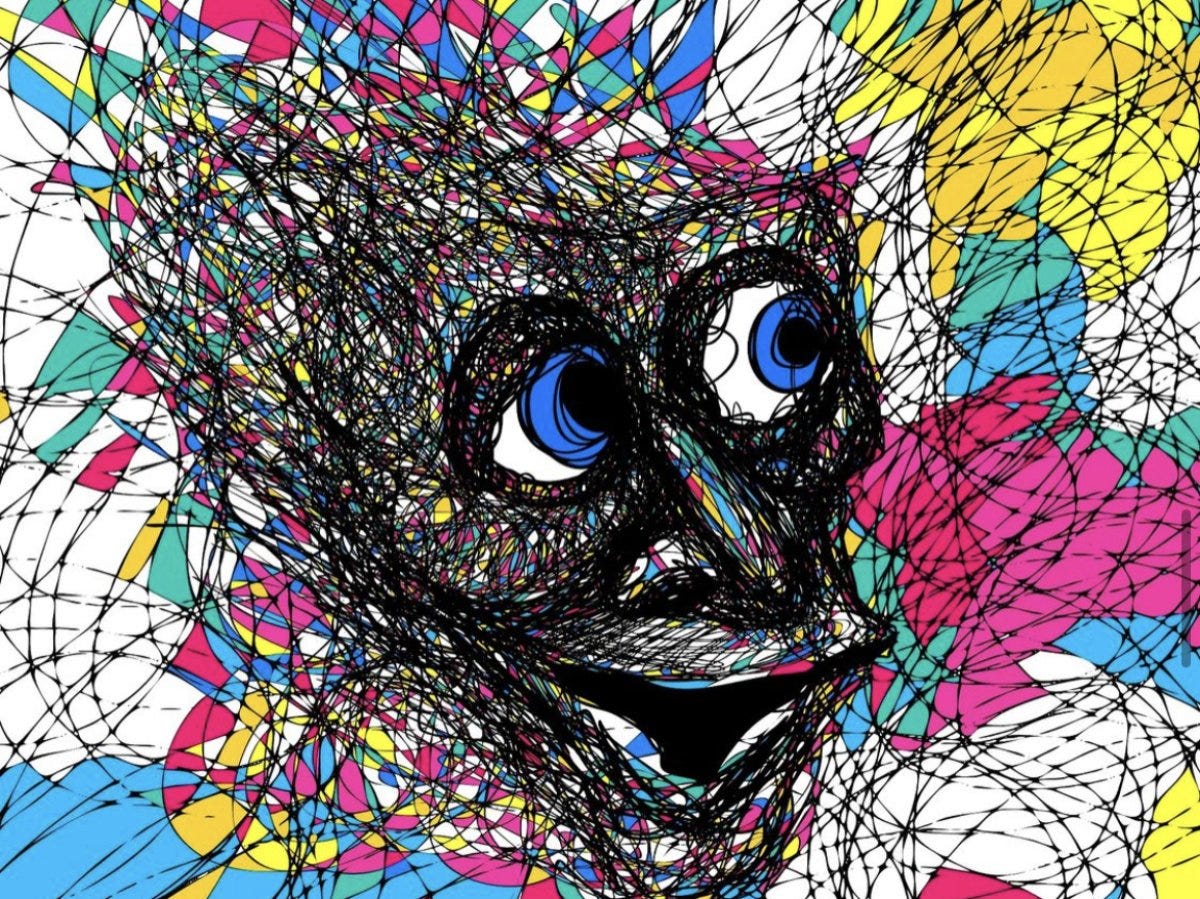Schizophrenia & Gray Matter
Written by Crystal Ruizmun
Schizophrenia is a prevalent illness that affects an estimated 24 million people globally and those affected often feel disconnected from reality. It is a serious mental illness that affects how a person thinks, feels, and behaves to where they feel as though they lost touch with reality. The symptoms of schizophrenia can make it difficult to participate in common, everyday activities, but effective treatments are available. Many of these people who receive treatment can engage in school or work regularly to achieve independence and enjoy personal relationships
Although there are no known causes for schizophrenia, some factors of cause include the genetic makeup and brain chemistry, genetics, environment, and brain structure. The brain may have an abnormal structure where certain brain regions are different sizes, and in some cases, Differences may develop prior to birth.
There have been studies that have analyzed the brains of schizophrenia patients in order to measure the difference in those of healthy brains in comparison to schizophrenic brains. A way that was conducted was through structural imaging. It was shown that there was, “…lateral ventricle enlargement, which is indicative of reduced brain volume, and third ventricular enlargement” (3). This essentially means that there was more dopamine in the brain than usual and that the reduced gray matter caused that influx, along with the enlargements of the ventricles.
There have been different imaging techniques done in order to study the brains and they all showed reduced gray matter volume in multiple regions, including the frontal cortex, temporal lobe, and insula(4). The thalamus has also been shown to have reduced volume, which is an important part of our brain that is in control of perception, thinking, and feeling. As a result, this is one of the causes of the warped perception of schizophrenia patients.
Because gray matter is an integral part of our brain, the reduction of it does cause issues. Some of these include low attention span, brain fog, neuron mapping, and many others. Since the majority of schizophrenic patients screened have shown reduced gray matter to the average person, it is safe to assume and generalize that the reduction of gray matter is not just something that happens over time with schizophrenia but is possibly a factor in the development of schizophrenia.
References
[1]Schizophrenia. (n.d.-b). National Institute of Mental Health (NIMH). [NIH]
[2]Schizophrenia. (n.d.). [SAMHSA]
[3]Staal, W. (2000). Structural brain abnormalities in patients with schizophrenia and their healthy siblings. American Journal of Psychiatry, 157(3), 416–421. Structural Abnormalities [4]Yue, Y., Kong, L., Wang, J., Li, C., Tan, L., Su, H., & Xu, Y. (2016). Regional Abnormality of Grey Matter in Schizophrenia: Effect from the Illness or Treatment?. PloS one, 11(1), e0147204. Regional Abnormality of Grey Matter
Written by Crystal Ruizmun from MEDILOQUY


